Continuing from Enjoy Ningbo (part 1), which covers places of interest including Tiantong Temple, Southern Song Dynasty Stone Sculpture Park and Qiantong Ancient Town, here is another list of attractions to visit in Ningbo.
What to see in Ningbo (part 2)
Liang-Zhu Cultural Park (梁祝爱情文化园)
Liang Shanbo and Zhu Yingtai or Liang-Zhu in short, is the Chinese equivalent of Romeo and Juliet. The tragic story of the butterfly lovers is one of the four best-known romantic folklore of China. The legend took place in Zhejiang back in Eastern Jin dynasty.
Liang-Zhu Cultural Park is the first of its kind themed on romance in China. The AAA rated national tourist spot is located at the legendary site of Liang Shanbo Temple and Tomb in Liangzhu Village, Gaoqiao Town near the Yaojiang River. Walk through the scenic park to soak up the atmosphere of love in a classic setting of ancient Chinese architectural style, comprising of arc bridges, museums, Liang Shanbo Temple and beautiful gardens featuring pavilions, statues, lotus pond and pool. It’s said to be the mecca for lovers!
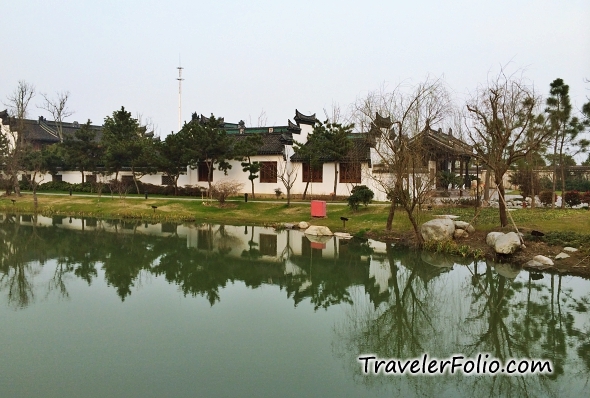
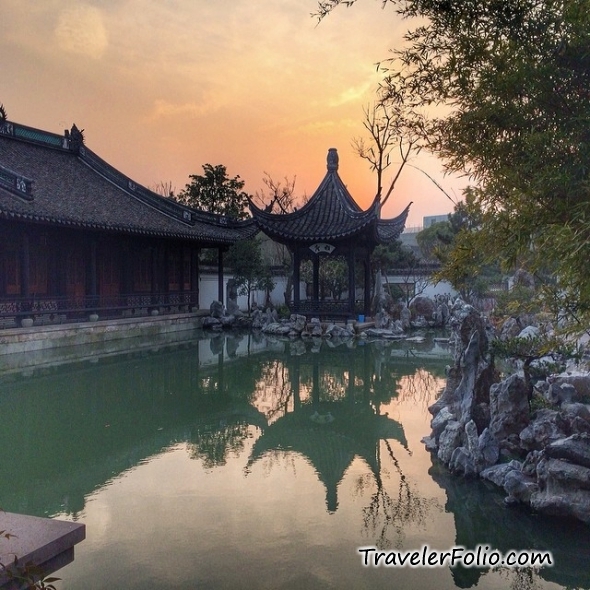
The exhibition hall at the park where you can find numerous exquisite artworks done with real butterflies.
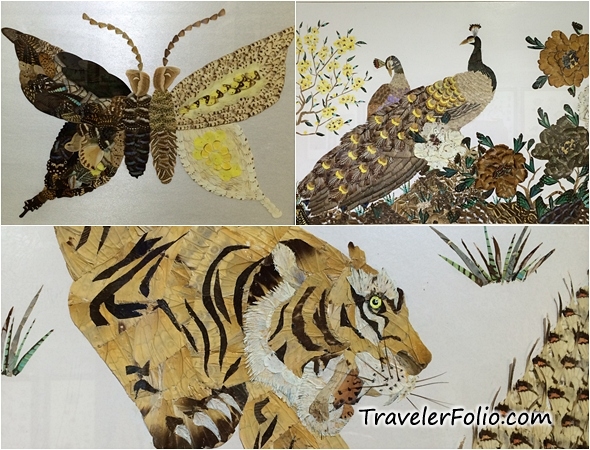

Zhaobao Mountain (招宝山)
Don’t be intimidated when you hear the word ‘mountain’ or ‘hill’. It’s a relatively easy hike up Zhaobao Mountain (or Zhaobao Hill) for some gorgeous views of Zhenhai in Ningbo. Go there just in time to enjoy the breathtaking sunset view from the top!
What’s there to see at Zhaobao Mountain scenic area? The walking trails will lead you to a seven-storey high Aozhu Pagoda, Mazu Pavilion, rock carvings, Immortals’ Cave, Moon Wall and Weiyuan Wall which was built in the Ming dynasty to fend off pirates. The Wall is well preserved and designated as the historic and cultural relics in China. If you have time, check out the Zhenhai Coastal Defense Museum at the foot of the hill.
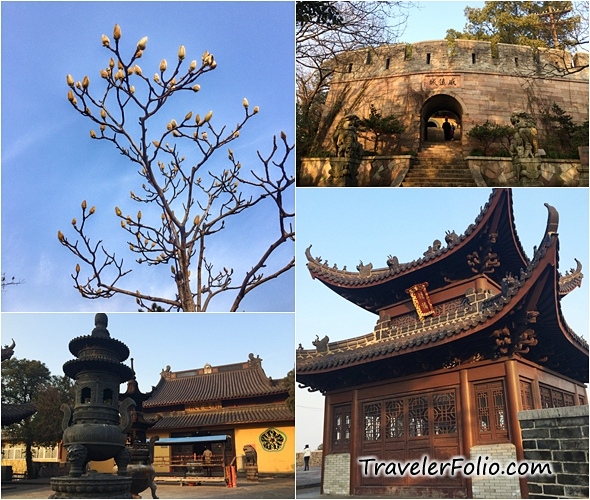
Sunset on water reflection
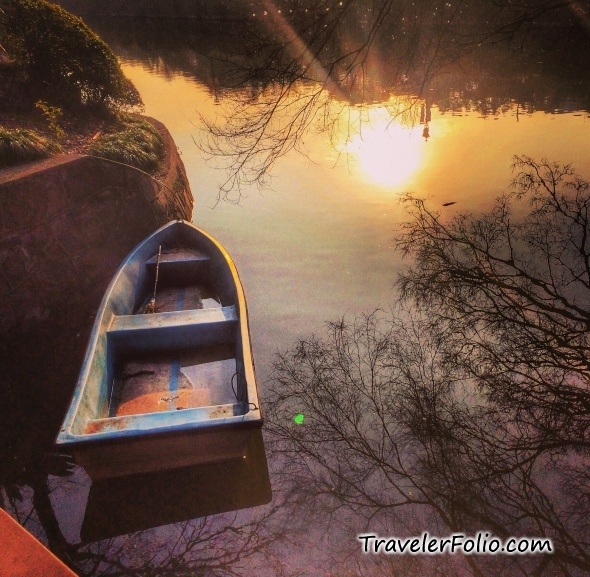
A panoramic view of the surroundings from the viewing platform on Zhaobao Mountain.
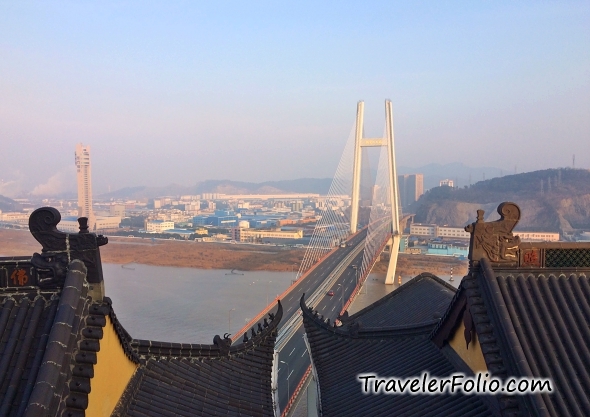
Aozhu Pagoda
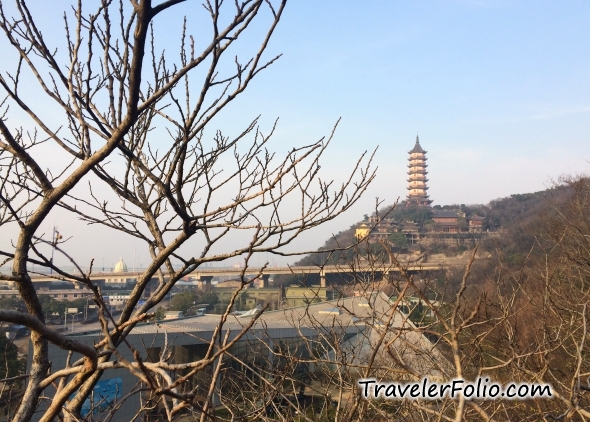
A closer view of Aozhu Pagoda
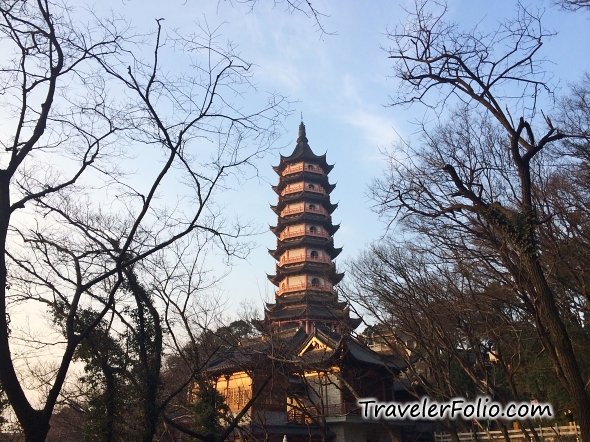
A lovely sunset view from the hilltop.
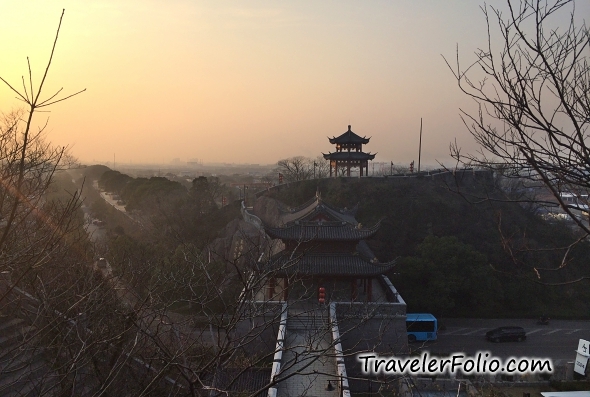
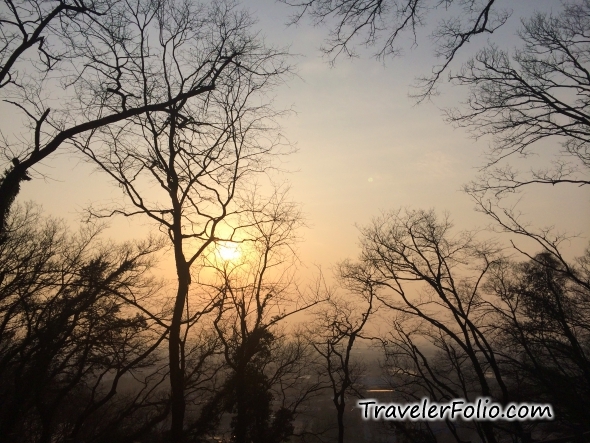
Tianyi Pavilion Library (天一阁博物馆)
If you love Chinese literature and history, experience the poetic beauty at Tianyige – the oldest private library in China, undoubtedly one of the world’s most ancient private libraries. Founded in the 16th century in Ming dynasty by the Secretary of Defense, Fan Qin, the national 4A rated attraction houses over 300,000 volumes of books and culture relics at its museum.
The Tianyige founder loved books so much he collected 70,000 volumes of books including local chronicles, precious classics and imperial records in the Ming dynasty. Thankfully, the assets have been preserved till modern times for everyone to get a glimpse of past scholarly works.
Left: The bronze statue of Fan Qin (1506-1585).
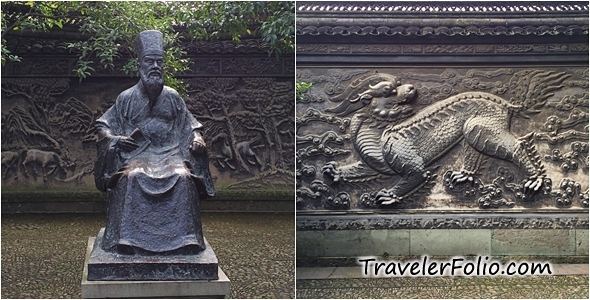
The 31,000 square metres attraction is divided into three zones: library culture, exhibition area as well as recreational gardens. The treasure trove is a nationally protected key unit of historic book preservation.

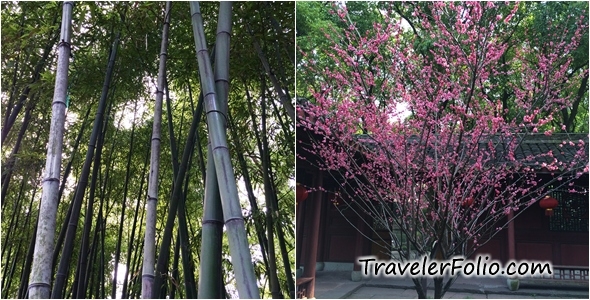
Surprisingly, Tianyige is not just about books; there’s an exhibition hall showcasing Mahjong cards of Chinese and Western styles from all over the world! The exhibition hall of Mahjong is one of its kind in China, conveying a message to everyone that Mahjong is a healthy game! I wouldn’t say more about it!
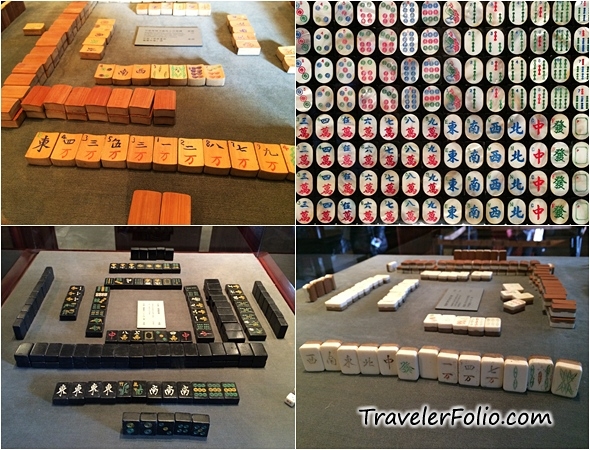
Jiulong Lake Scenic Area (九龙湖)
For a change, how about taking a cruise to an island located on North Latitude 30°? Monkey Island, as in its name, is home to hundreds of free-roaming monkeys, though some are seen entering the cages, probably for food.
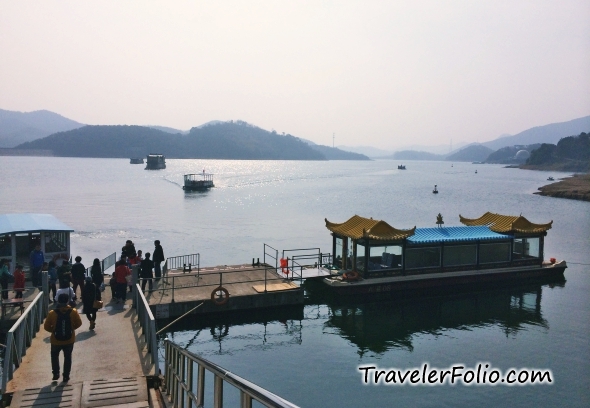

The walking trails on the island offer breathtaking views of the natural landscapes in the scenic area. On Monkey Island, visitors can watch shows about natural sceneries and cultural phenomenon on North Latitude 30° at the Ball-Screen Theatre. Besides, there is a landmark on the island to indicate North Latitude 30°.
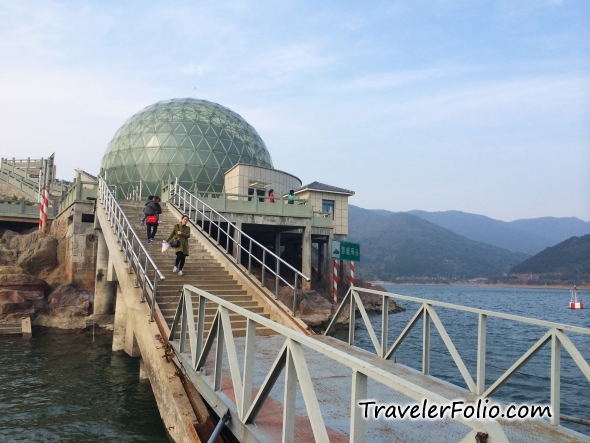
Ningbobang Museum (宁波帮博物馆)
This museum is an elegant fusion of historic and modern architecture built to commemorate reputable local and overseas Ningbonese pioneers who contributed greatly to the economic growth of the country.
Divided into two sections, the museum exhibits the history and achievements of Ningbo through stories of famous people such as Mao Zedong, Deng Xiaoping and Sun Yat-sen. Walk through the museum and learn about the fields of shipping, finance, trade and industry in Ningbo.
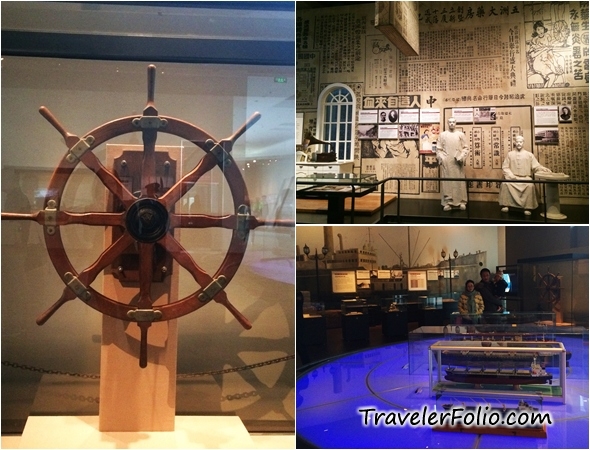
Chiang Kai Shek’s Former Residences
For history buffs, how about visiting the former residences of Chiang Kai-Shek, the leader of the Nationalist Party (Kuomingtang) who had ruled mainland China and Taiwan later for 30 years?
Located in Xikou, the Fenggao House was the birthplace of Chiang Kai-Shek and his son Chiang Ching-Kuo. Facing the picturesque Shanxi River, the two-storey building is now a museum exhibiting a collection of antique furniture, household items and artefacts belonging to the Chiang. Further down, there’s the Yutai Salt Shop where the history of the Chiang’s extended family and Chiang Kai-Shek’s early life are illustrated with photographs, tools and other historic items.
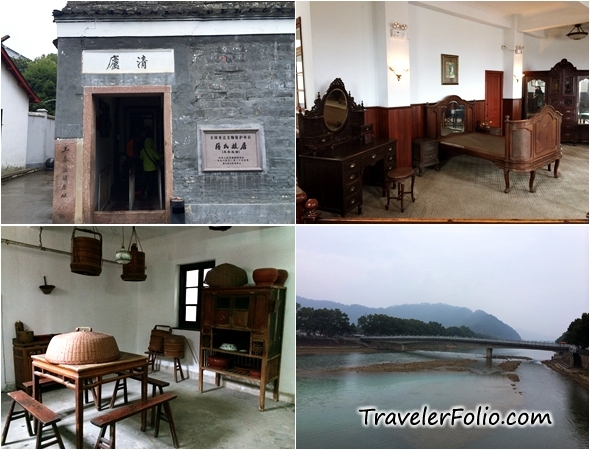
Also, buy some freshly baked biscuits from the stalls at the town. They are crispy and delish!
Read all posts on Ningbo. Stay tuned for more updates!

Beautiful flowers, pagodas, scenic lakes and rivers, traditional art… That’s China, all right 🙂